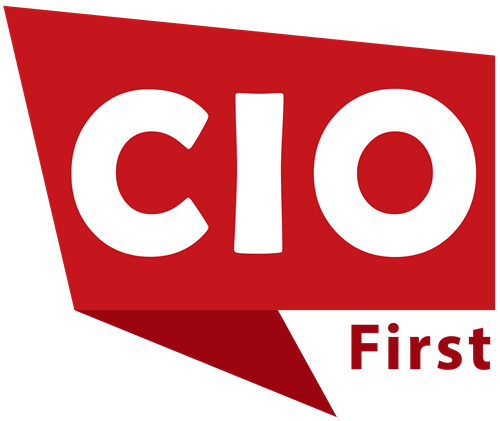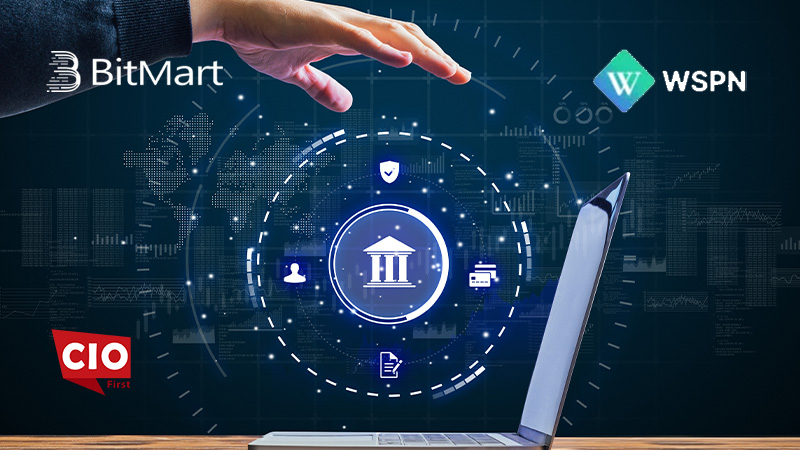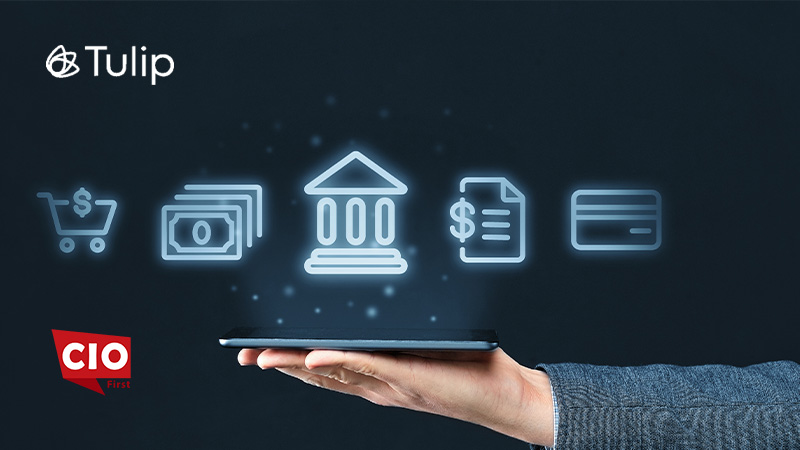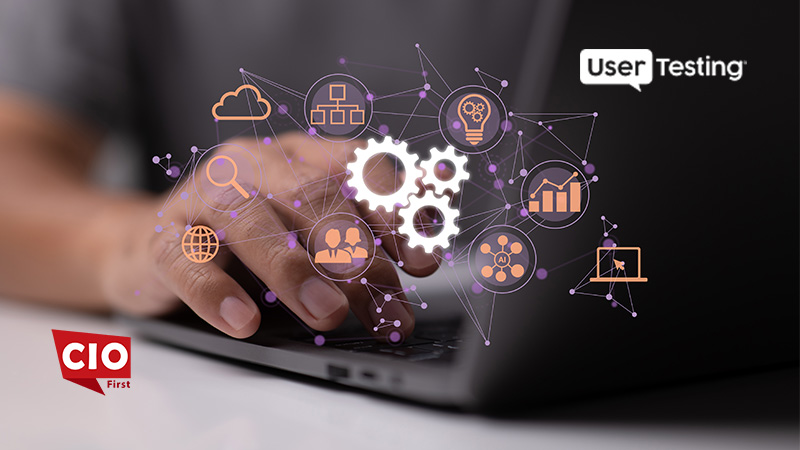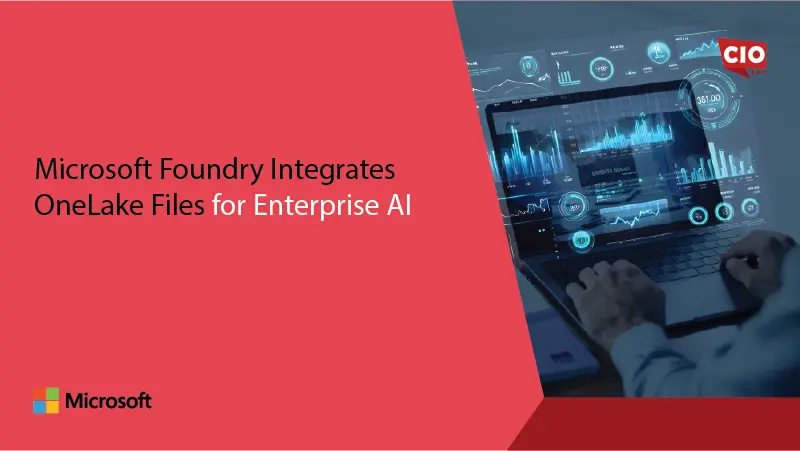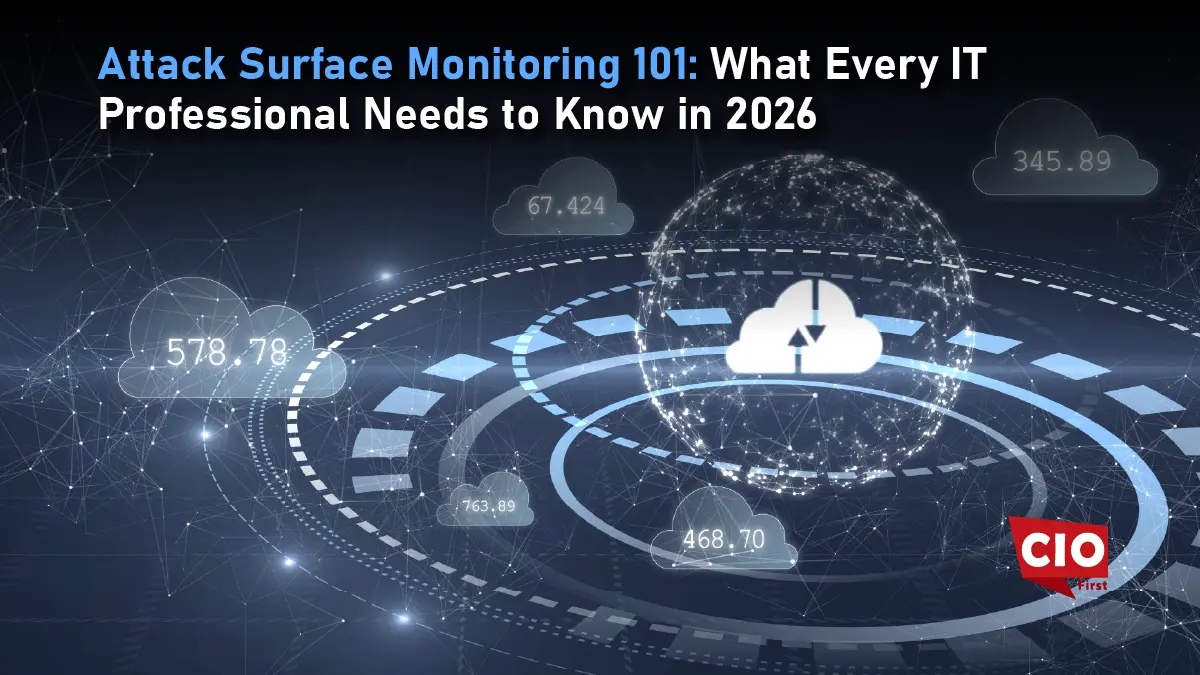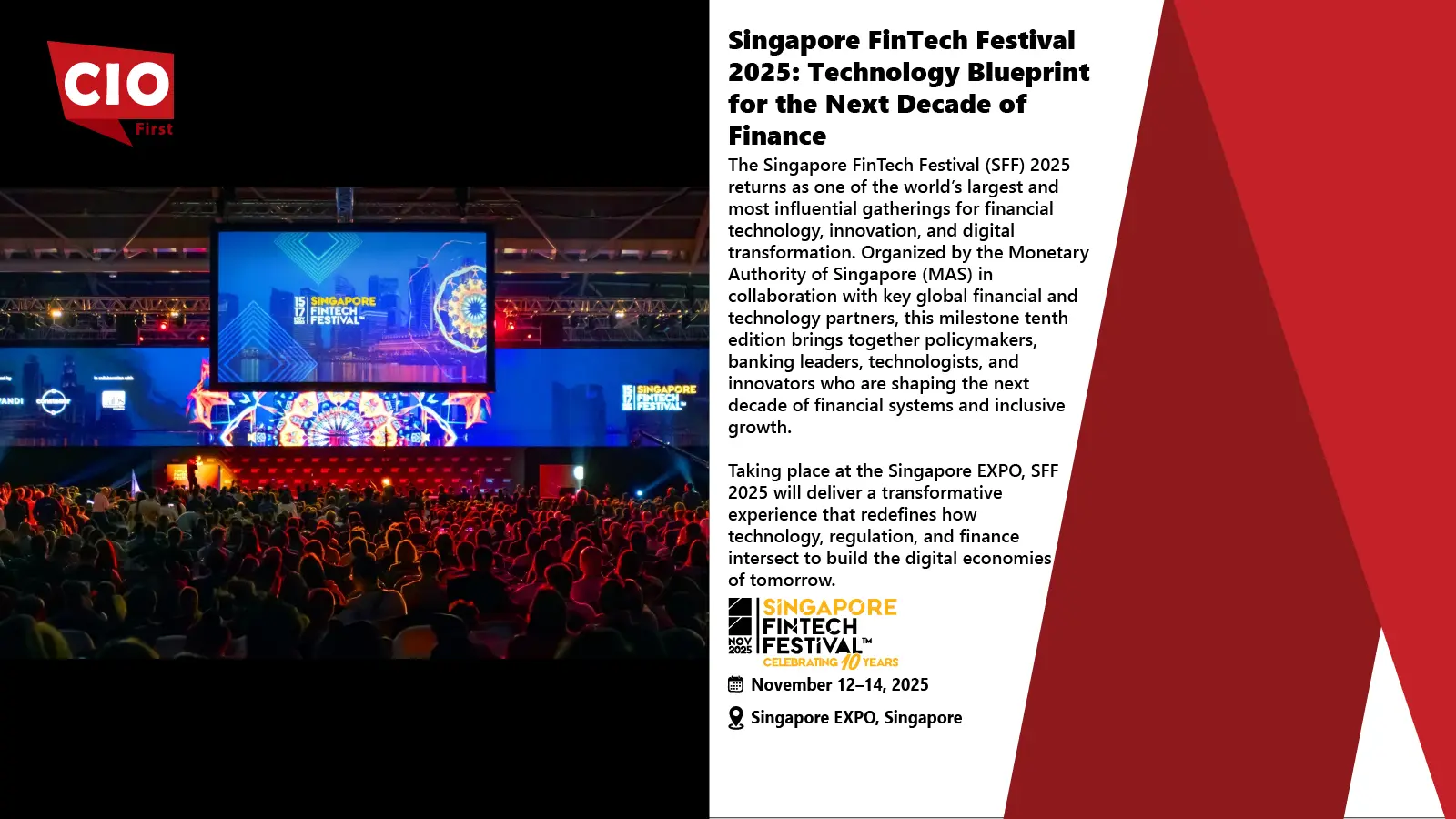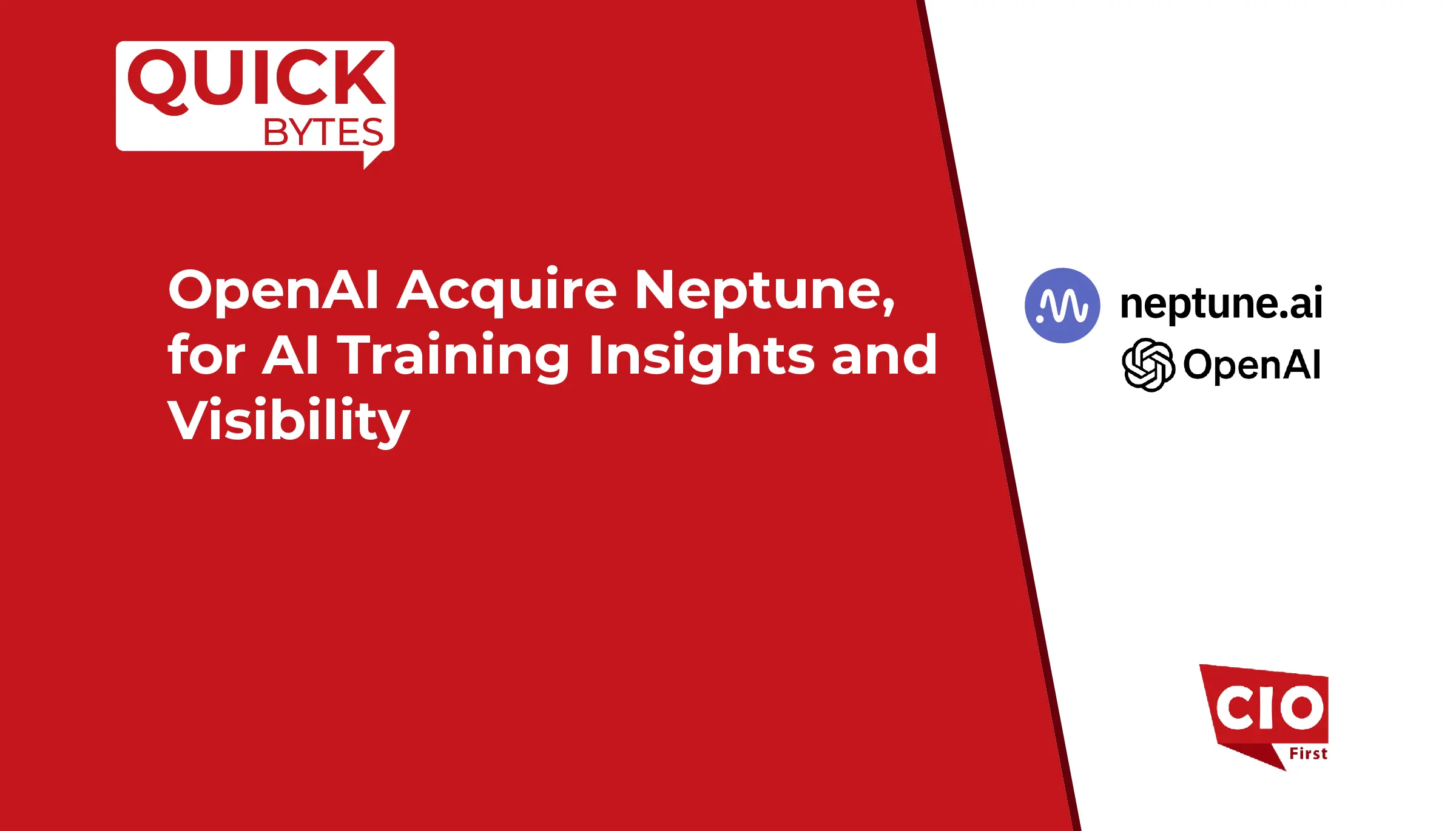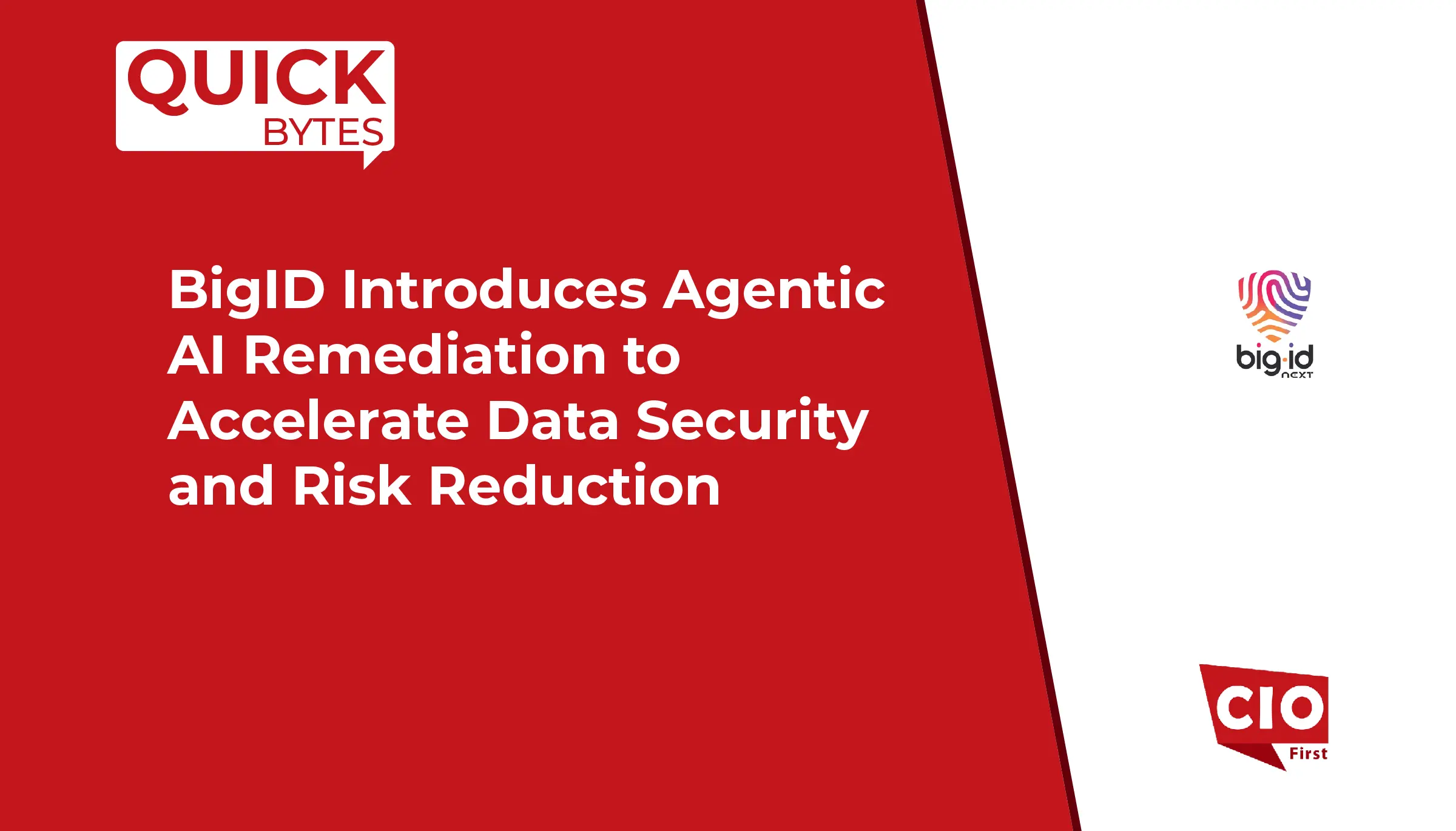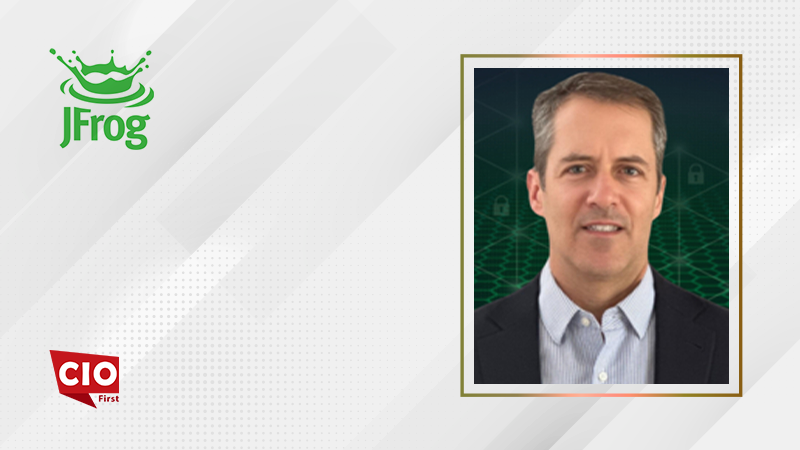The Global IoT in Banking and Financial Services Market is forecast to reach USD 12.17 Billion by 2028, according to a new report by Reports and Data. Internet of Things (IoT) is the interconnectivity of electronic devices, such as smartphones, over a single network. These devices transmit signals to the server and among each other. The technology captures data from all the available sources, which is further filtered, and analyzed to gain insights into various processes of a business. Because of its potential, IoT is gaining massive traction in the banking sector across the world. The banking sector is figuring out ways to leverage the potential of IoT to bring out better revenues from business activities.
The data collected and analyzed from sources such as mobile and web applications are used by the banks to launch better and more targeted service offerings. The data about the past service offerings are analyzed to understand the needs and preferences of its customers. Customers across the banking industry are demanding personalized solutions for their varying needs. The data is needed for his present economic condition and buying behavior. Internet of things (IoT) has made it possible for banks to keep track of all the consumer activities and present a solution specific to the needs and desires of the client.
Also Read: Is the UK’s Position in the Global Financial Services Market in Jeopardy?
Further key findings from the report suggest
Among the software, security and monitoring accounted for the largest market share of ~28% in the year 2018. Banking security solutions combine banking security systems along with remote security monitoring and management services to enhance the banking operations and with more insights into the business. ATM security solutions include silent alarm notification, advanced anti-skimming technology, ATM lighting, video surveillance, and remote video monitoring, among others. Using the remote management tools, it is possible to receive remote alerts and perform live video surveillance on any electronic device, with video displays.
Data management is forecasted to witness the highest growth rate of 49.6% during the forecast period. Banks today generate and store enormous amounts of valuable information within their firewalls. The use of data improves decision making across multiple banking activities. Banks find information faster about risks and frauds. Banks also have insights into the storage and management of data to meet regulatory requirements so that data can be retained, leveraged, archived, or deleted to comply.
North America held the largest market share of ~30% in the year 2018. The region has successfully adapted analytics tools and technologies and is still investing highly in these technologies like cloud computing, artificial intelligence, the internet of things, and more. The region is equipped with high broadband access and has already moved on to providing high-speed internet. Moreover, the presence of several players in the market also boosts the market growth in the region.
Key participants include IBM Corporation, Microsoft Corporation, SAP SE, Oracle Corporation, Accenture, Cisco Systems, Inc., Vodafone Group plc, Infosys Limited, Software AG, and Capgemini SE, among others.
For the purpose of this report, Reports and Data have segmented into the global IoT in banking and financial services market on the basis of organization size, application, end-users, software, and region:
Organization Size Outlook (Revenue, USD Million; 2018-2028)
- Large Sized Organizations
- Small and Medium-Sized Organizations
Application Outlook (Revenue, USD Million; 2018-2028)
- Cyber Security
- Customer Relationship Management
- Proactive Services
- Transportation and Logistics
- Product Marketing and Planning
- Others
Software Outlook (Revenue, USD Million; 2018-2028)
- Security and Monitoring
- Customer Experience Management
- Payment Management
- Data Management
- Others
End Users Outlook (Revenue, USD Million; 2018-2028)
- Banking Services
- Insurance Companies
- Investment Banking
- Mortgage Companies
- Foreign Exchange
- Stock Market
- Brokerage Firms
- Others
The Internet of Things allows the banks to look after their equipment, assess their assets, improve the quality of decision-making while providing loans, and improve the efficiency of risk management, among others. For example, IoT can help in collecting data on ATM usage to ensure the effectiveness and downtime of the machine.
As businesses are moving towards a consumer-centric approach, it is crucial to offer personalized experiences to both new and existing customers. The Internet of Things helps the banking sector get insights into customer behavior and extract deeper meaning from them. For instance, IoT systems will help clients find a branch within their reach.
With the booming wearable devices market, the impact of IoT on the banking industry will grow impressively. The technology has the potential to transform the way financial service providers allow users to make transactions and increase its quality and security. For example, contactless wallets enable users to instantly check their account balance or track the state of a loan.
Check Out The New Enterprisetalk Podcast. For more such updates follow us on Google News Enterprisetalk News.
